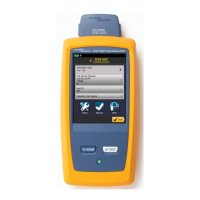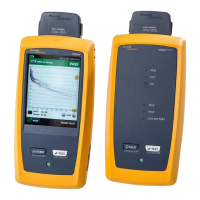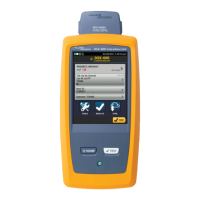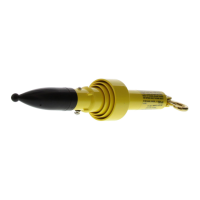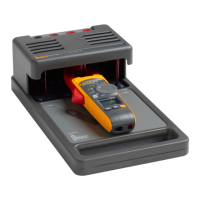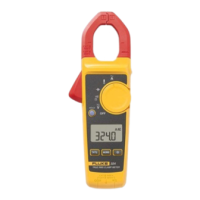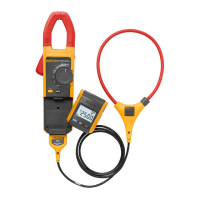Maintenance and Specifications
Specifications
8
8-13
Typical Measurement Accuracy
The DSP-4000 and DSP-4100 test tools substantially exceed the measurement
accuracy requirements of draft Level III TIA and IEC proposals. Typical
measurement accuracy is determined as follows:
• For each performance parameter (for example, source/load return loss, residual
NEXT, etc.) at every frequency, the worst result for any wire pair or wire-pair
combination is obtained.
• The values of the worst case wire pair or wire pair combinations are
substituted in the accuracy equation given by TIA and IEC guidelines.
• Worst case assumptions for link performance that affect measurement
accuracy are used. These include the assumptions for link return loss,
common-mode-to-differential-mode gain, and differential-to-common-mode
gain.
Figure 8-2 shows typical baseline measurement accuracy at TIA Cat 6/ISO/IEC
Class E channel limits. The values are calculated using the worst case for each
performance parameter specified for field cable testers.
0.0
0.5
1.0
1.5
2.0
2.5
3.0
3.5
4.0
4.5
5.0
0 50 100 150 200 250
Frequency in MHz
Accuracy in dB
Insertion loss
NEXT
ELFEXT
Return Loss
oy83f.eps
Figure 8-2. Typical Measurement Accuracy
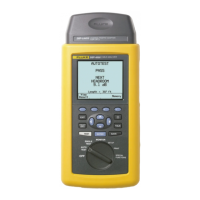
